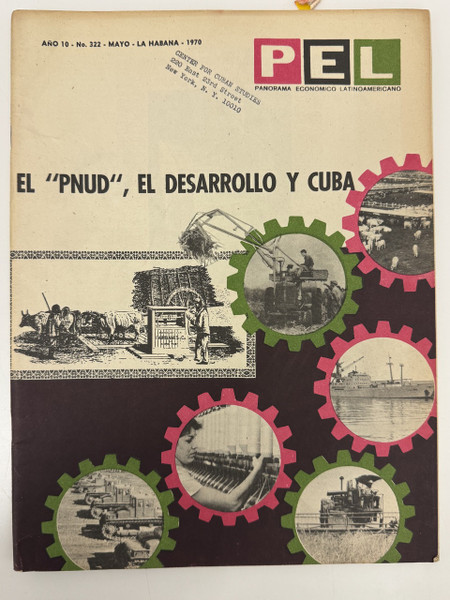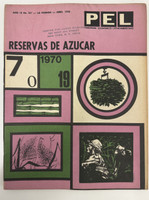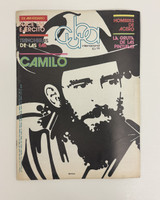- Travel
-
Exhibits
- La Portada Cubana
- Immortal Cuba: Artists Take on Their Heroes
- Seattle Poster Exhibit
- Sandra Dooley & Alejandrina Cué
- The Art of Wayacón
- Cuban Folk Art
- Cuba In Black And White
- 25 Years of Cuban Art Space
- Summer Folk Art Expo
- ¡SPRING AWAKENING FROM CUBA!
- Celebrating The Art Of Cuban Women
- Celebrating Paper, Affordable Art from Cuba
- Art of the Revolution
- Outsider Art
- Lost and Found
- En la lucha: Celebrating Cuban Women and Their Art
- Cuban Art Stash
- 100 Fires: 5 Cienfuegos Artists' Work on Paper
- Waya + Monte! Magic Realism in Cienfuegos
- Viva Cuba Viva! Poster Show
- Cultivando Sueños
- Black Lives Matter in Cuba Jan 9-March 27
- Leandro Soto: Crónicas visuales
- Cuban Canvas
-
Archive
- Global Reflection 2018: Spirit and Community
- Exhibit in the cloud: Contemporary Works on Paper
- MADE IN CUBA! MINNEAPOLIS EXHIBIT
- Cuban Posters and Photography from CCS collection
- AUTUMN SALE! Sept/Oct 2017
- SPRING ARTS AND CRAFT SALE
- Vuelo Directo/Non Stop: Alberto & Alejandro Lescay
- The Many Faces of Fidel
- Somos
- Made in Cuba!
- The US empire in Cuban graphics
- Made in Cuba/Seattle exhibit
- Entre Nos
- Looking Back
- Cuban Art Space
- Membership/Donate
- About Us
- Cuba News
-
This May 1970 issue of PEL (Panorama Económico Latinoamericano) addresses Cuba's relationship with the United Nations Development Programme (PNUD), analyzing tensions between revolutionary development models and international development frameworks. The cover employs striking photomontage combining historical imagery—an ox-drawn cart with agricultural workers rendered in decorative black-and-white engraving style—with circular photographs of modern industrial infrastructure inserted into interlocking gear shapes in vibrant pink and green. This visual metaphor dramatizes the transition from pre-revolutionary agricultural underdevelopment to mechanized socialist industrialization, with the gear motif suggesting coordinated planning and technological progress as the engine of development.
Published by Prensa Latina under director M. Fernández Colino, PEL served as Cuba's primary vehicle for disseminating economic analysis across Latin America during a crucial period of Third World development debates. The UNDP represented international development orthodoxy that Cuba increasingly challenged through its advocacy for self-reliant socialist development and South-South cooperation. This issue appeared during the United Nations' Second Development Decade, as Cuba promoted alternative models that rejected dependency on Western capital and technical assistance. The magazine's sophisticated graphic design—juxtaposing pastoral pre-industrial scenes with modernist photomontage—visualized core debates about whether authentic development required breaking with capitalist modernization paradigms, positioning Cuba's revolutionary experience as a viable alternative path for the Global South.
-
-
Discover More at the Center for Cuban Studies







